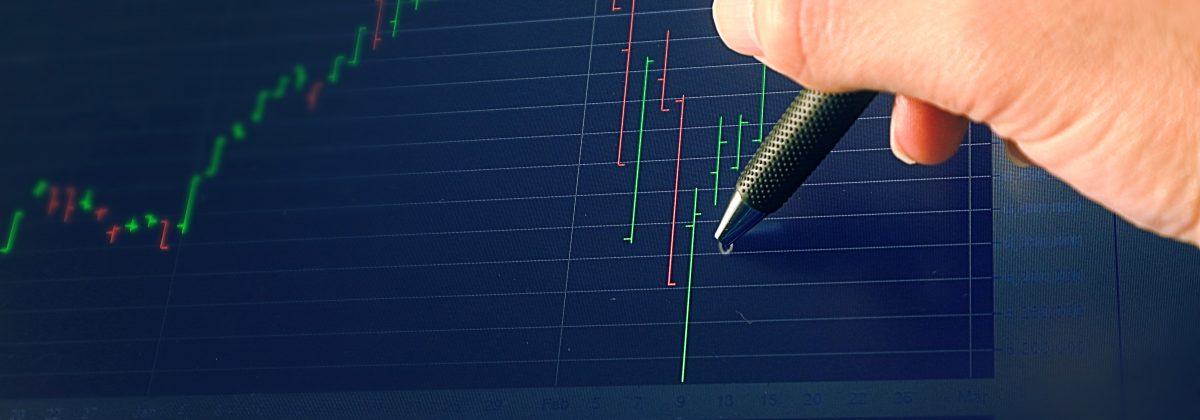Pivot point is a type of indicator or a calculation that is used to find out the overall market trends at different points of time. They are used by traders not just in the forex market, but also the stock and commodities markets.
Use of Pivot Points in Trading
Originally, pivot points were used by floor traders to set key levels. To calculate a pivot point for the current trading day, they would examine the previous day’s highest, lowest and closing prices. Keeping this pivot point as the reference, other calculations were made. This would help them make informed trading decisions through the entire day.
Today, apart from being a basic indicator, pivot points also help determine resistance and support levels pertaining to the upcoming or current trading session. A combination of these levels helps traders identify various entry and exit points, as well as set stop loss and take profit levels.
It also helps in determining market sentiment. If on a particular day, an asset is trading above the previous day’s pivot point, it signals a bullish sentiment. Conversely, if it is trading below the previous day’s pivot point, a bearish sentiment is indicated.
Due to a variety of insights provided by pivot points, they are actively used in trading as leading or predictive indicators. This type of trading is known as pivot point trading.
Types of Pivot Point Levels
There are mainly seven types of pivot levels represented on charts. These are shown on the chart as horizontal lines.
- Basic Pivot Level (PP): Present in the middle of the chart and is the mean of the high, low and closing values.
- Support 1 (S1): Placed as the first pivot level, immediately below the PP.
- Support 2 (S2): Placed as the second pivot level under PP and immediately below S1.
- Support 3 (S3): Placed as the third pivot level under PP and immediately below S2.
- Resistance 1 (R1): Present immediately above the PP.
- Resistance 2 (R2): Placed as the second pivot level above PP and immediately above R1.
- Resistance 3 (R3): Placed as the third pivot level above PP and immediately above R2.
Calculation of Pivot Points
In order to trade using pivot points, you need to first calculate all the pivot levels and plot them to form a chart. Pivot points for a particular day are calculated on the basis of the high, low and closing values of the previous trading day. So:
PP = (High + Low + Close)/3
For Resistance 1, 2 and 3:
R1 = (PP*2) – Low
R2 = PP + (High – Low)
R3 = High + 2 * (PP – Low)
For Support 1, 2 and 3:
S1 = (2 * PP) – High
S2 = PP – (High – Low)
S3 = Low – 2 * (High – PP)
Note: Low refers to the lowest trading price of an asset from the previous trading day. High refers to the highest trading price of an asset from the previous trading day.
You must have observed that the calculations of all the resistance and support levels requires the value of PP. Therefore, you need to first calculate the basic pivot point very carefully, since it will affect all other calculations.
How are Pivot Points Used in Trading?
Pivot points can be used effectively as intraday indicators when trading commodity, futures and stocks.
The advantage they offer over other indicators, such as moving averages or oscillators, is that they are static throughout a trading session. By using insights provided by pivot points, traders can plan their investment strategies in advance.
For instance, if a trader knows that the price has fallen below the PP, they would opt to short their position at an early part of the session. In cases where the price goes above the PP, a long position would be indicated.
The other way in which pivot points can help in trading is in deciding when to enter or exit the market.
Pivot points can also be combined with other indicators to get a better understanding of the market conditions. It is always wise to avoid over-reliance on a single tool.
Useful Tip for Pivot Point Trading
The “Buy Low and Sell High” principle is the most neglected one. Although, when it comes to pivot points, neglecting this principle could cost you a lot. A lot of people argue that the definitions of “high” and “low” in the given principle can be ambiguous. And, ambiguity can lead to doubt and, subsequently, non-usage of the technique.
Here are some tips to use the “buy low and sell high” method in pivot point trading:
- If the price is at S1, it is considered better to buy.
- In case the price rises past PP and reaches R1, it is considered better to reduce risk, since R1 usually becomes the high price for the trading session.
- If the price goes past S1 and up to S2, it again signals buying.
- You can also follow pivot points through the analysis of trends, such as buying when the price goes from R1 to R2 to the PP or to the S1 or S2 level.
Pivot points are based on simple maths and may prove to be beneficial for some traders. Furthermore, there is no guarantee that the prices will move or reach the exact position as the levels shown on the chart.
The probability of success of a pivot point system completely depends on the trader and the ability to use it efficiently, along with other analytical tools. These may include candlestick patterns, MACDs, moving averages and Bollinger Bands.
Reference Links





